A recent WriteStats survey revealed that 26.5% of readers read primarily to learn and gain knowledge. That’s more than one in four readers who choose books not just for escape or enjoyment, but to grow their understanding, improve a skill, or explore new ideas.
These readers want content that is well-organized, reliable, and useful. If you’re an author, especially of nonfiction, memoir, or any story rooted in truth, this number isn’t just a stat.
It’s an opportunity.
📊 What the Data Says About Reader Motivations
When asked, “Why do you read books the most?”, readers responded:
- Escapism & Imagination – 47.2%
- Entertainment & Leisure – 26.3%
- Learning & Knowledge – 26.5%
We often hear that readers want to be “hooked,” “entertained,” or “emotionally moved.” But this data shows that learning is also a huge driver of reading behavior.
And that applies across genres:
-
Memoir readers want to walk in someone else’s shoes and learn how they survived, healed, or grew.
-
Fiction readers may be drawn to historical novels, sci-fi, or crime thrillers that explore deep topics beneath the plot.
-
Nonfiction readers want clear answers, frameworks, or personal insight.
Undeniably, the best books teach without preaching. They offer something lasting, long after the final chapter.
📚 What This Means for Authors Today
The rise of educational content delivered in engaging, emotional ways isn’t just a trend in social media. It’s shaping what readers look for in books, too.
Why readers crave books that teach:
-
Time is limited. Readers want books that provide value and lasting insight.
-
Self-improvement is trending; especially among younger audiences.
-
Trust in traditional institutions is declining, and books feel like a more personal, authentic source of knowledge.
Whether you’re writing a how-to guide or a personal story of growth, today’s readers are looking for more than a good plot. they want a takeaway.
✍️ How to Write An Educational Book
1. Make Your Book a Transformation, Not Just a Transaction
Authors often focus on what their book is about. But what matters more to learning-driven readers is:
“Who will I be after I finish this?”
📌 Ask yourself:
-
What’s the core transformation I want readers to undergo?
-
Can I clearly define a “before” and “after” for my ideal reader?
“Before reading this book, I doubted my ability to write. Afterward, I believed I could and knew how to start.”
Moreover, framing your book around a transformation helps guide structure, voice, and value.
2. Start with Questions, Not Answers
Many educational books make the mistake of “expert talking down.” But learning is more powerful when it starts with curiosity.
🧠 Try this:
-
Open your chapters with big, burning questions.
-
Reflect common doubts your readers have and answer them with humility, not authority.
-
Share what you wondered before you learned it.
Think of your book as a conversation, not a lecture. It’s more intimate, more relatable and more effective.
3. Build Trust Through Storytelling
Whether you’re sharing your expertise or your personal journey, readers learn best when they feel emotionally connected.
-
Use real stories to illustrate ideas.
-
Show your own struggles, mistakes, and what you learned.
-
Avoid “lecturing”, invite the reader in.
Example: Brené Brown’s books mix rigorous research with deeply personal moments. That’s what makes her lessons land.
Additionally, Marketing pros like Ann Handley say storytelling is your secret weapon.
4. Use Structure to Guide Learning
Readers seeking knowledge want clarity. Help them absorb what you’re teaching by using intentional structure:
-
Break ideas into chapters or sections with clear takeaways.
-
Use examples, visuals, or metaphors to simplify abstract ideas.
-
Recap or summarize the key lesson at the end of each section.
Think of your chapters like stepping stones. You’re guiding the reader through a journey of understanding.
This nonfiction book outline guide from Reedsy is a great place to start.
5. Speak to Reader Identity, Not Just Interests
Readers don’t just read to collect facts, they read to become who they want to be.
Great educational books speak to identity:
-
“This is the book for people who want to be better leaders…”
-
“This is for writers who feel stuck in perfectionism…”
-
“This is for the parent who wants to feel calmer and more connected…”
📢 Marketing tip: Use this identity-driven language in your blurb, subtitle, and promotional copy.
📚 Genres That Work Well for Readers Who Want To Learn
- Nonfiction (self-help, business, science)
- Memoirs with life lessons
- Historical accounts
- Educational fiction (e.g., fables, allegories)
However, don’t forget about fiction either; it can teach you things while it entertains you if you add historical or psychological insight to it.
🗣️ Final Thought
Some readers want a good story.
Some want to laugh, cry, or escape.
But a full 26% want to learn.
Lastly, if you can inform, guide, and uplift your readers through your words, you’re not just telling a story, you’re leaving a mark.
And that’s the kind of writing that truly matters.
📢 Writing a book to educate others?
Visit WriteStats.com to explore real reader behavior and make your work more impactful.


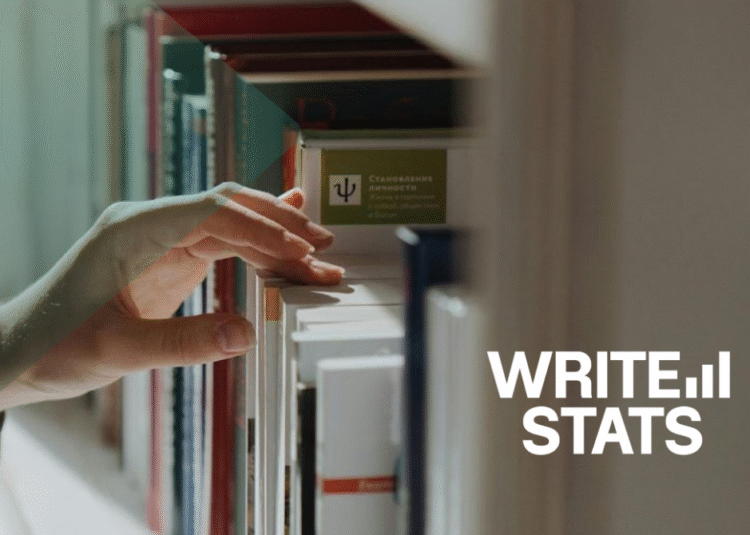
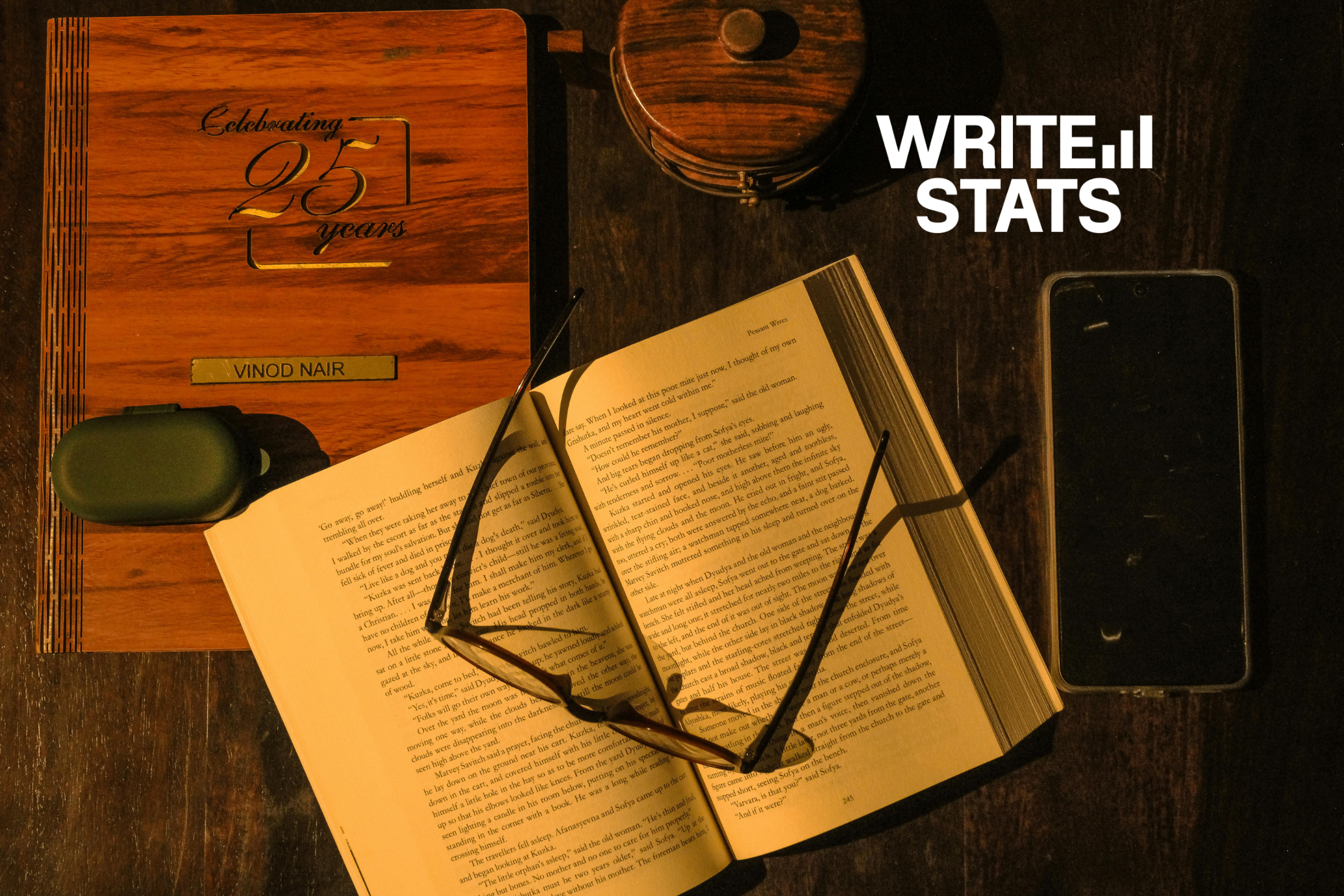
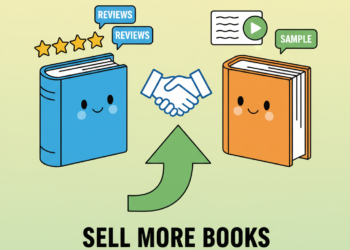
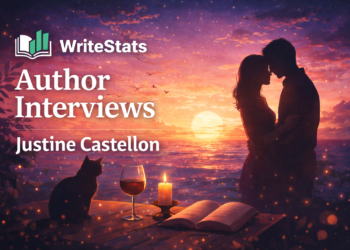
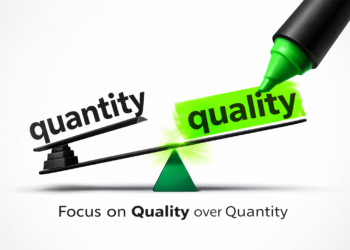
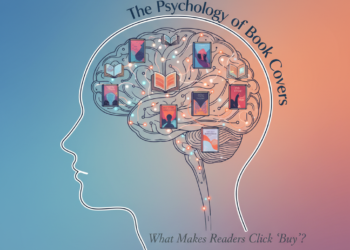
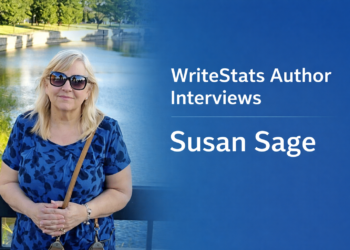

[…] How to Write Books That Educate and Inspire […]
[…] Learning & Knowledge – 26.5% […]
[…] to a WriteStats analysis, 26% of readers read to learn, which includes memoirs that educate, inform, or inspire. […]